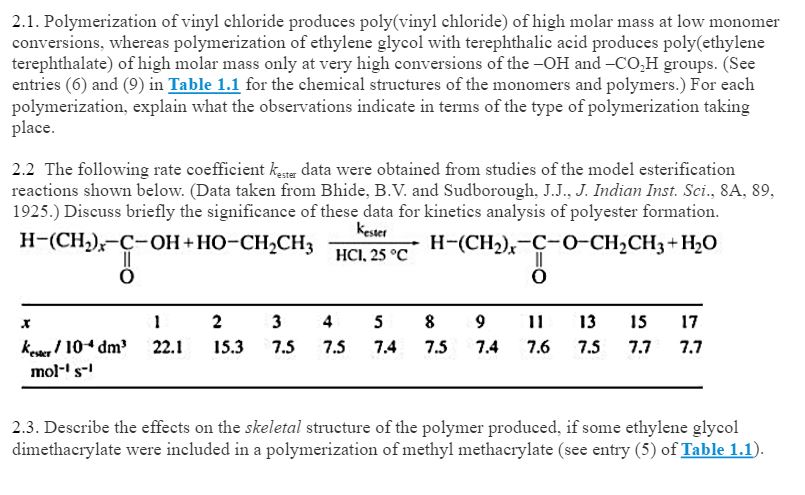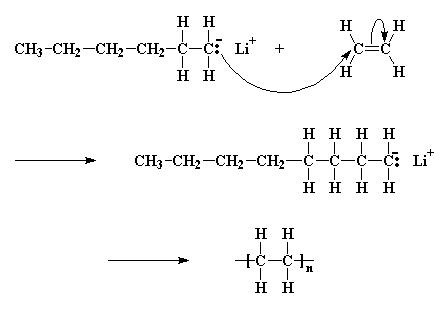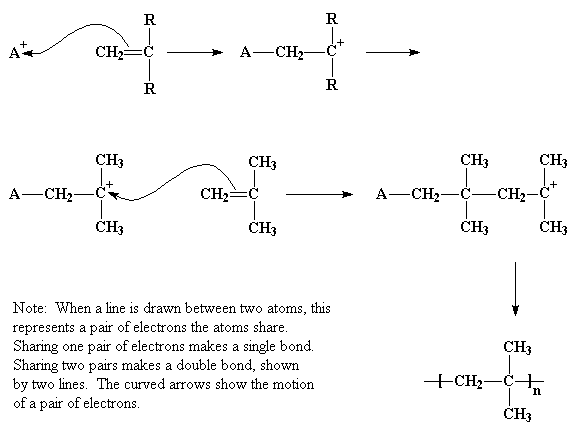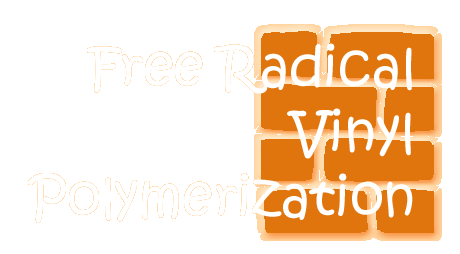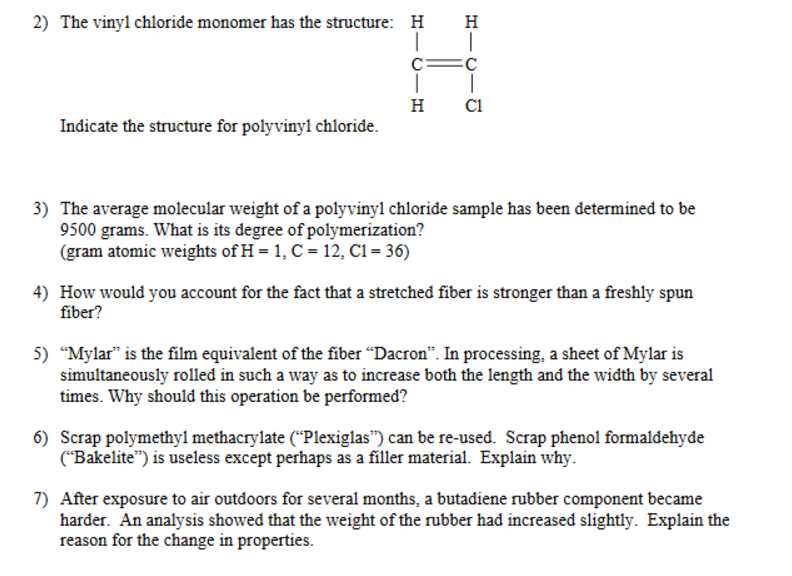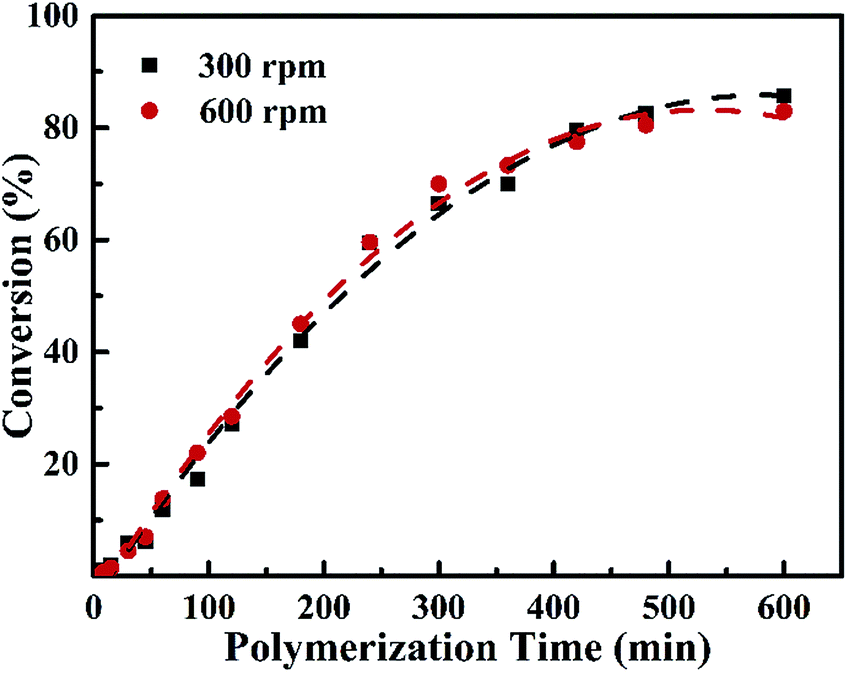A typical polymerization includes 180 parts water and 100 parts vinyl chloride monomer chain transfer agent trichloro ethylene.
Explain the polymerization of vinyl chloride.
Following its generation the initiating free radical adds nonradical monomer units thereby growing the polymer chain.
The polymerization of vinyl chloride has been studied dilatometrically in chlorobenzene using azoisobutyronitrile as an initiator at temperatures between 30 and 45 c and with monomer and initiator concentrations varying from 1 0 to 8 1 m and from 0 005 to 0 1 m respectively.
About 80 of production involves suspension polymerization.
Polyvinyl chloride is produced by polymerizationof the vinyl chloridemonomer vcm as shown.
Other surfactant molecules clump together into smaller aggregates called micelles which also absorb monomer molecules.
Addition polymerization of vinyl compounds or related unsaturated compounds as vinylidene chloride.
Free radical polymerization frp is a method of polymerization by which a polymer forms by the successive addition of free radical building blocks.
Free radicals can be formed by a number of different mechanisms usually involving separate initiator molecules.
Emulsion polymerizationaccounts for about 12 and bulk polymerizationaccounts for 8.
The reactants are then heated in the closed system to about 50 c and the pressure rises to about 0 5 mpa.
Emulsion polymerization accounts for about 12 and bulk polymerization accounts for 8.
Polyvinyl chloride is produced by polymerization of the vinyl chloride monomer vcm.
For efficient cationic polymerization of vinyl monomers it is necessary that the carbon carbon double bond be the strongest nucleophile in the molecule.
Vc vc α d 1 vc β β d 2 and vc d 3 were used to study the reactivities of the hydrogen atoms in the polymerization and the β hydrogen atoms contributed to the chain transfer.
About 80 of production involves suspension polymerization.
Definition of vinyl type polymerization.
When treated with certain catalysts vinyl chloride monomers undergo polymerization and form the larger compound known as polyvinyl chloride or pvc.
Pvc vinyl chloride is an organohalogen compound that has important industrial applications.
The surfactant molecules composed of a hydrophilic water attracting and hydrophobic water repelling end form a stabilizing emulsion before polymerization by coating the monomer droplets.
Pvc is used in the manufacture of numerous products including packaging films and water pipes.
Natural evolution of hcl from vc occurred in the polymerization.



